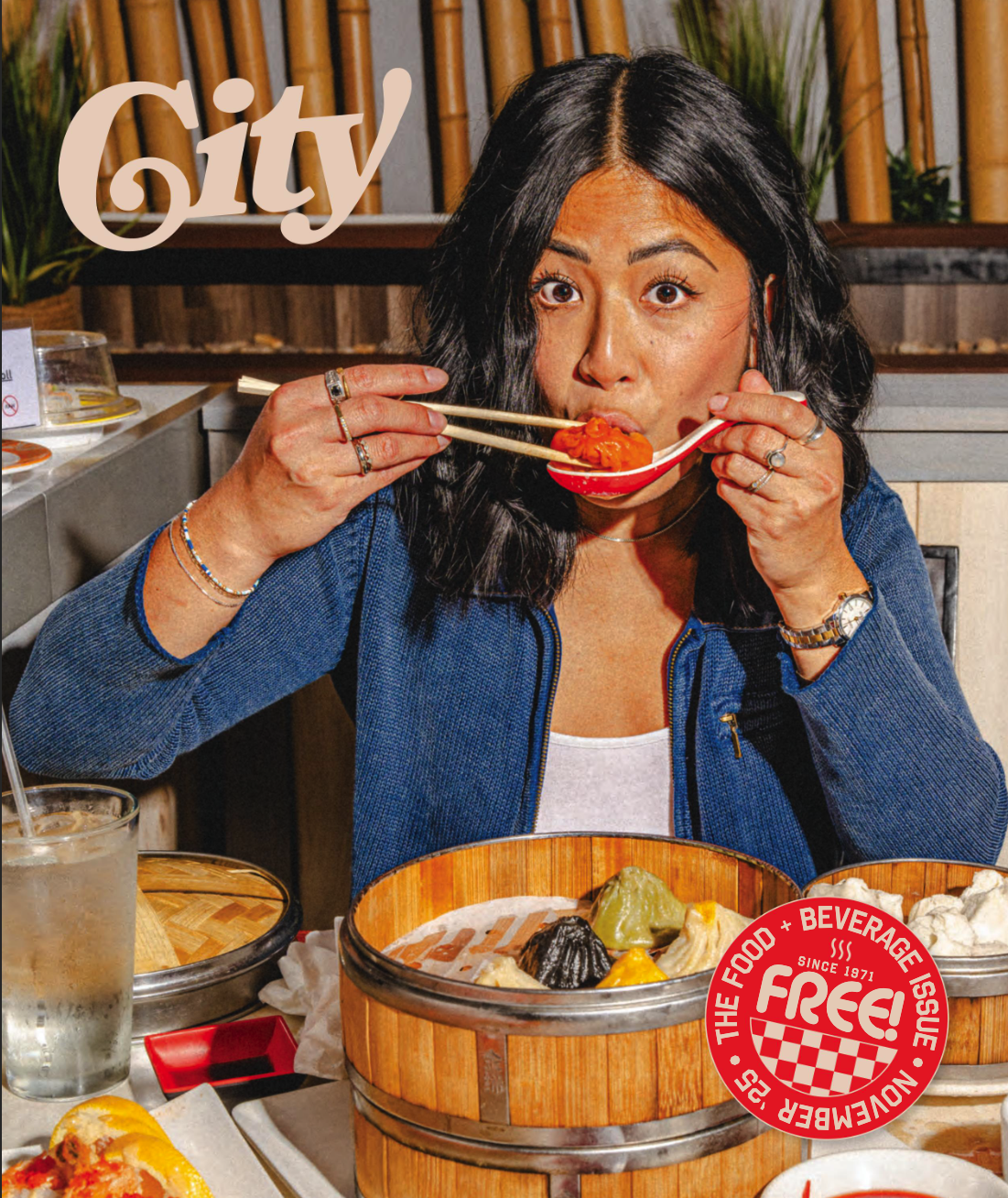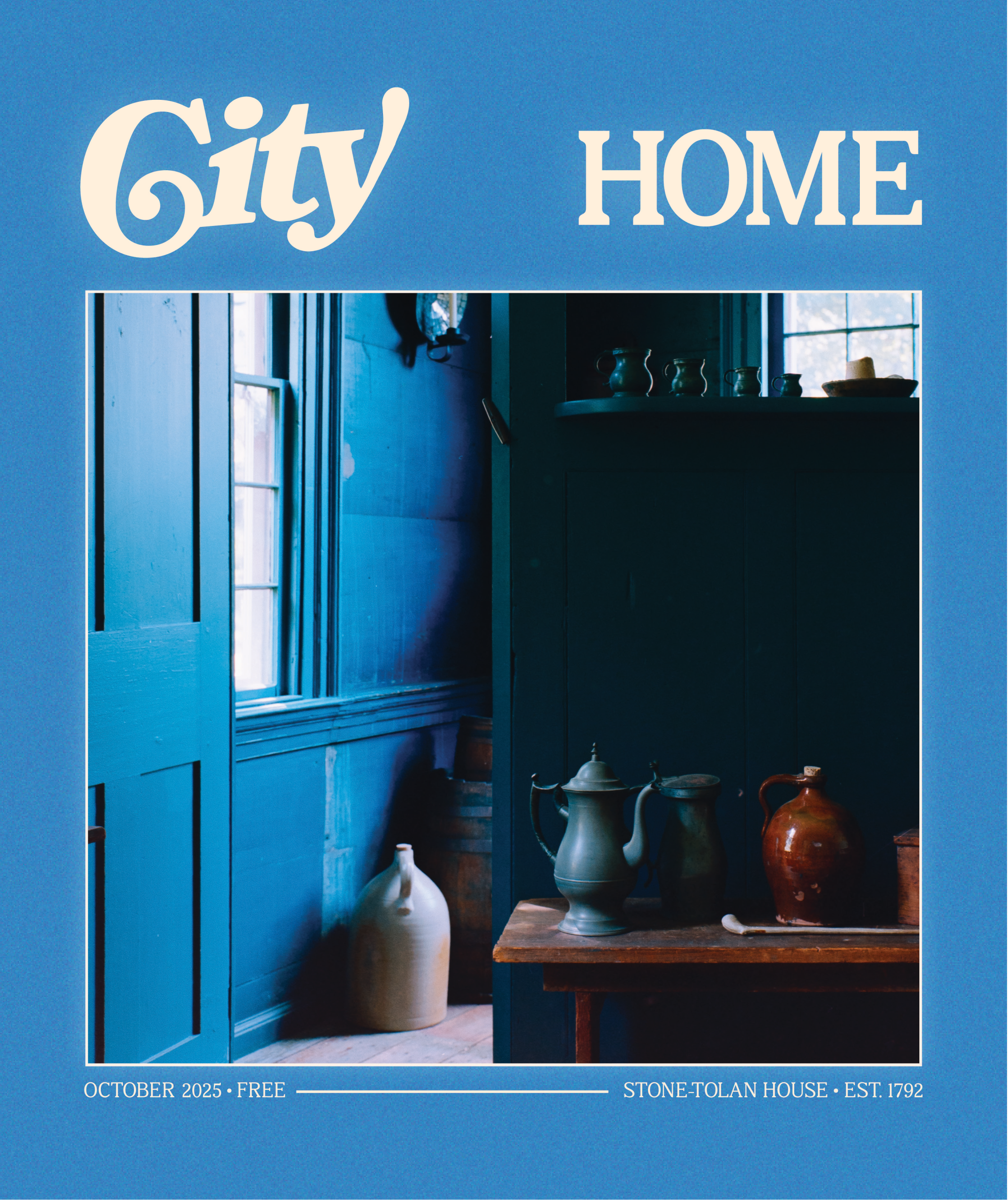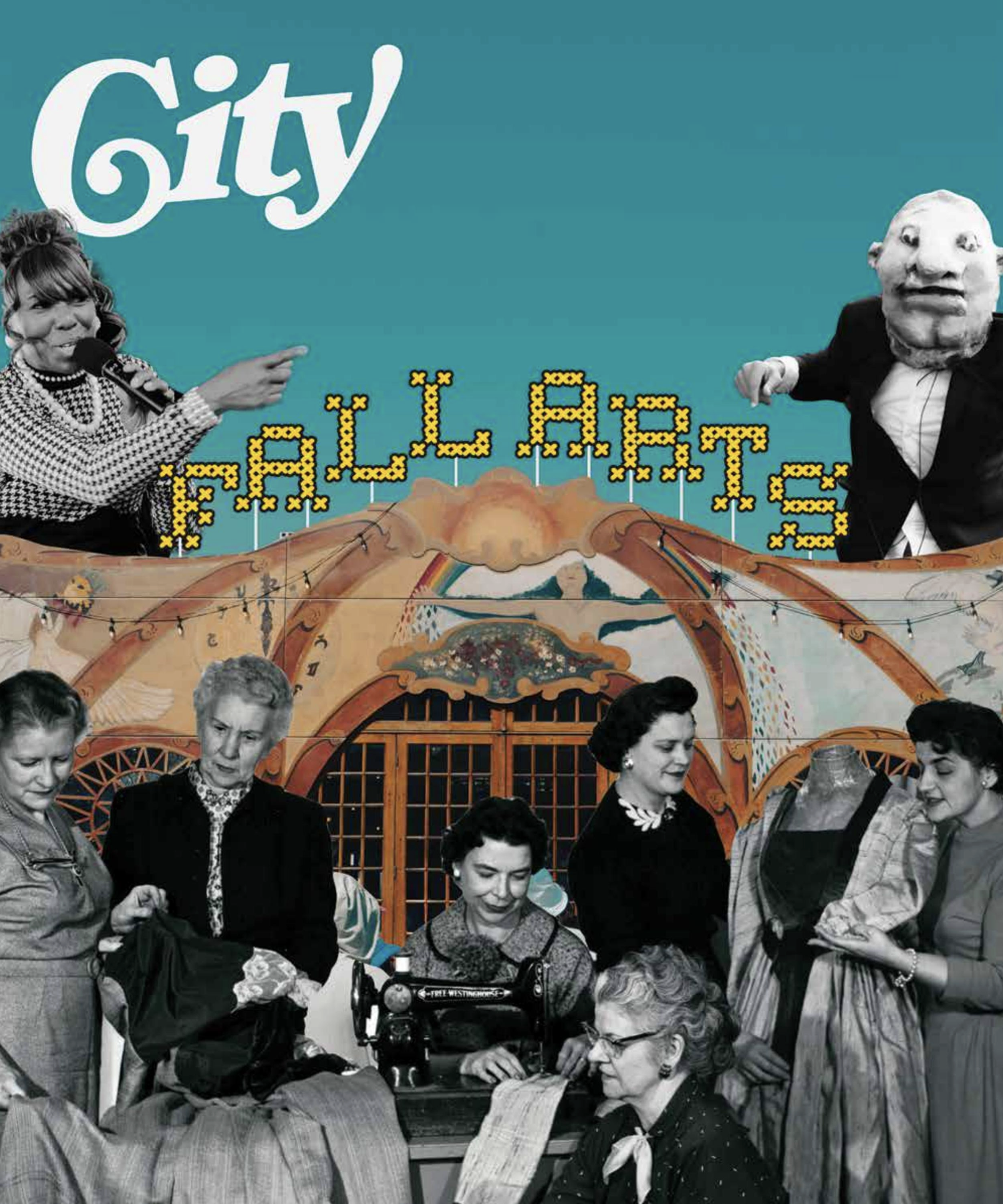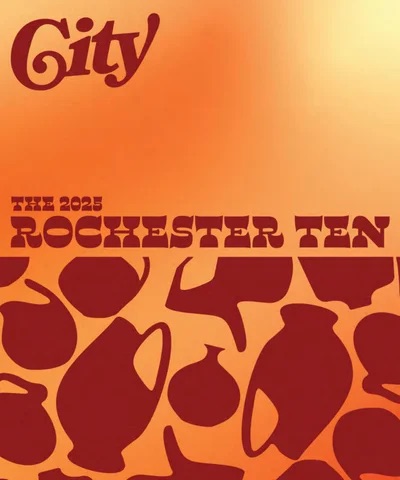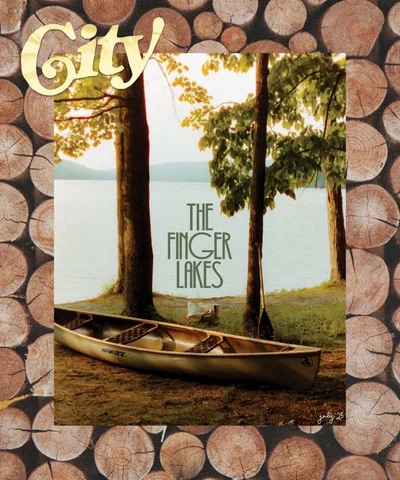When people first fantasized about robots taking on human work, some dreamt of machines handling the dangerous and tedious jobs and freeing humans up to do human things, like philosophize and create art.
But as artificial intelligence (AI) encroaches on those thinking and feeling realms once thought reserved for people, chatter about the potential impact is reaching a fever pitch, particularly among artists.
These days, art is being made by AI programs and applications, such as Lensa, an app that turns selfies into an impressive array of portraits in classical, Art Nouveau, fantasy, sci-fi, and other genres.

Another AI program, Midjourney, is being used by artists and non-artists alike to generate imagery from text prompts. But its propensity to operate with complete disregard for content ownership or copyright law has troubled artists, many who fear their work will be ripped off by the technology.
Programs like these have divided artists mostly into two camps, with some gray area in between: Those who insist that AI art tools are just simple fun, and those who see AI as a competitor for work.
CITY asked five local artists who create commissioned portraits to weigh in on whether they feel AI art is a threat, a passing trend, a useful tool, or some combination of each.
SARI GABY: AI art is a fad.
Sari Gaby, an artist and instructor, has been using traditional tools — pencils, brushes, and paints — to make portraits for more than 50 years. In those years, she has seen new technologies become part of the creative arsenal but never displace the classic methods of making art.
It is why, she said, that she doesn’t fear AI encroaching on her work. There is an element to art created by humans that AI-generated portraits can’t touch.
“You have to have a connection with your subject or person,” said Gaby, 68. “You have to have a feeling and a connection, whether it’s in person or from a photograph. And I feel that AI art is all about disconnection.”
Gaby is classically trained in drawing and painting. She takes private commissions that fetch between $600 and $4,000 (ranging from simpler drawings to full-figure oil paintings). She said that her subjects often remark that her portraits of them make them feel seen.
Good portrait artists recreate a person’s likeness, yes, but the best ones capture something more, something of the inner self.
By contrast, AI art tends to add a kind of mask, not unlike the many filters we can apply to selfies before posting them. The popular Lensa app, for example, while adding aesthetic flourishes of different art movements and themes, smooths out lines and blemishes, thins the face, sharpens the jaw, and so on. As flattering as it may be, the result can feel alien, like a distant and cold echo of yourself.
“You can have a technically perfect portrait, but there’s no soul in it,” Gaby said of AI-generated art.
BRITTANY WILLIAMS: AI art needs to be regulated.
Brittany Williams was impressed by AI portrait art before she knew what it was.
“I saw someone post on Instagram what I thought was a digital painting,” she said. “And I was like, ‘Wow, that’s very, very well done,’ but it didn’t have a caption or anything.”
She didn’t know it then, but she was looking at a portrait generated by the Lensa app. Assuming it was digital art made by a human artist, Williams didn’t give it a second thought. But she began to see more and more of this slick-looking work appear on social media.
“I’m like, ‘Who is this? Like, what is this? There’s no name to it. What did they use?’” she said. “It was just very, very polished. I was just like, ‘Damn, this is like, really clean.’”
Williams, 33, is known for her work on portrait-centric street art around Rochester, including various projects for WALL\THERAPY. She’s also the creator of Peculiar Asphalt, which installs murals on basketball courts around the city.
Both Nike and former Mayor Lovely Warren have commissioned Williams — the former for a portrait of tennis star Serena Williams that the sportswear company had converted into a mural in its corporate headquarters, and the latter for her official portrait displayed at City Hall.
The part of the AI art phenomenon that concerns Williams is the theft of artistic style — when AI apps and programs are given prompts to create art “in the style of” a specific artist. In some cases, they are fed examples of an artist’s work by the user to get the job done.
She said the fledgling industry needs to be regulated, and that there need to be compensation for artists whose work is replicated by AI programs.
Hers is an ask that Williams admits is complicated. All creatives are influenced, and all creatives borrow. But there are legal repercussions for egregious thieves.
ALISON COTÉ: AI art is art theft and job theft.
When Lensa usage exploded last fall, artist and designer Alison Coté wrote thoughtful posts on social media appealing to the masses to think about the implications of creative property theft.
“I acknowledge that AI is an inevitability,” Coté said. “I don’t think it’s realistic to think that it can be stopped. And I understand the appeal.”
But, Coté said, the newness of the technology puts it in a sort of “Wild West” territory, and she believes that this new frontier needs artist-protecting restrictions and laws.
There’s no consent from the artists, she said, and there’s no compensation. “It’s a machine-operated service for a field that has an overflow of artists who are underpaid, and undervalued, and waiting for more work,” she said.
Coté, 33, is a multi-faceted artist who has cast a wide creative net, designing posters and album art for musicians and writing and performing songs for Sesame Street.
She makes a living partially from commissions for stylized pet portraits, house portraits, and of course, people portraits. She is skilled with both traditional and digital art tools and favors a particular vintage aesthetic. She can make portraits in the style of album art, with nods to real albums from decades past.
Though inspired by artists and aesthetics of the past, Coté has spent years honing her skills, and fears that companies and individuals alike will turn from commissioning artists to machines that will churn out what they want on demand.
“There’s nothing in place to protect us when these machines learn to do what we do, but better and faster and for cheaper,” she said. “Art is an innately human thing, and I think it’s important that we continue to support and protect human art and artists as AI grows.”
MAGNUS CHAMPLIN: The sky is not falling.
For every artist who feels threatened by AI art generators, there are those who use it in some part of their process. Magnus Champlin, 44, is in the latter group.
“I think AI art is a next step in the creative process that humans are going to be going through,” Champlin said. “And it can be used by almost anyone at any level, which is kind of nice.”
Champlin has his fingers in a lot of creative projects, from sculptures to installations, murals, and paintings. But when it comes to portraits, he works primarily in illustration. His style ranges from cute and cartoony — influenced by artists such as Bill Waterson of “Calvin & Hobbes” fame — to polished digital art in the fantasy and sci-fi genres. He gets commissioned to do five to 10 portraits a year, he said, and charges between $250 to $1,000, depending on the size and complexity of the project.
While Champlin acknowledges the fears that other artists have, he said he doesn’t think there will be a lot of crossover between people who would commission an artist and those who will use the generators.
“I’ve already seen AI art being used for advertisements on Instagram, quick ads, where someone who’s probably going to spend 30 bucks on a stock art now spends $30 on an AI product,” he said. “It’s definitely a game-changer — we have to adjust accordingly for it — but the sky is not falling.”
He approaches AI with an attitude of “if you can’t beat ’em-, join ’em,” and makes the tools work for him.
“I use Midjourney as a starting point for my sketch concepts,” he said. “Not every time, but for certain big projects and illustrations, I will throw ideas at it and then kind of refine what it taught me.”
MICHAEL TARANTELLI: AI art doesn’t scratch the itch.
In the array of reactions to AI art, there’s a quiet, profoundly-and-happily-unbothered camp. That’s where Michael Tarantelli dwells.
“I think it’s an interesting thing and an interesting tool,” he said, “and something I don’t really feel affected by.”
Creating with graphite, charcoal, and oil paint, Tarantelli works primarily in portraiture, but with a twist. He likes to inject what he calls “chaotic, surreal, and pleasing” elements into his work, which some may find disturbing — a comically exaggerated facial piercing here, refracted facial features there. The disparate-seeming elements in his work come from hanging out with collage artists, he said.
The 31-year-old artist said he has the sense that AI art generators are scary to people because they’re new and novel and getting a lot of visibility, but that he doesn’t see them replacing art made by humans.
“I was thinking about it like, if a 3D printer printed a Bernini sculpture and it was pretty one-to-one — it still wouldn’t be the Bernini sculpture, because he made that with his hands,” Tarantelli said. “And that’s the compelling part of it for me, that another human made it.”
Tarantelli said he earns $400 to $500 for commissioned work (and sometimes less for smaller drawings), which are typically straightforward portraits that are unlike his more experimental work.
As far as Tarantelli is concerned, the maybe-art-maybe-not-art AI creations have a place here, if only because it’s something that’s happening.
“It can be seen as threatening, but I don’t know, I’m not really worried about it,” he said. “I’m kind of interested to see where it goes, because I think there’s something there.”
Rebecca Rafferty is CITY’s life editor. She can be reached at becca@rochester-citynews.com.
This article appears in Jan 1-31, 2023.














